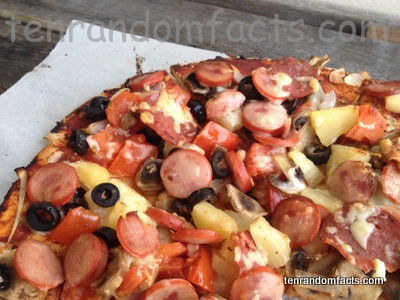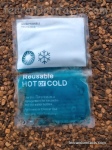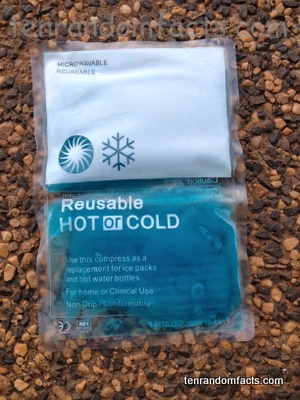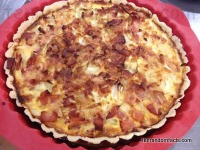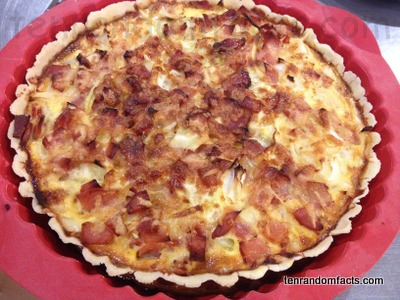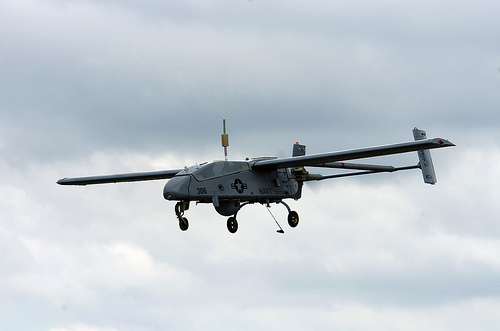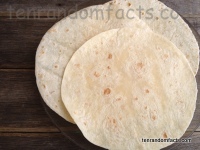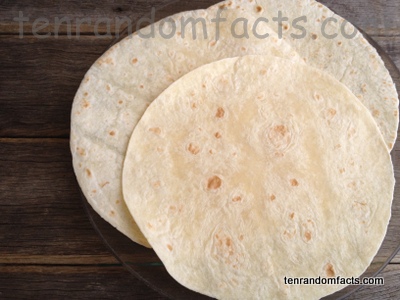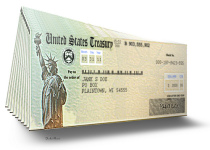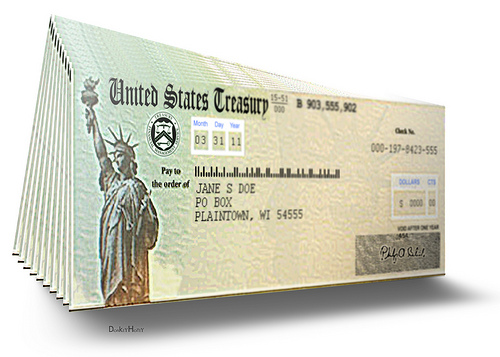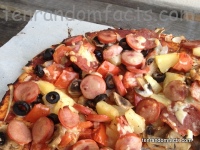
Would you like a slice of pizza facts?
- A pizza is a cooked bread based meal, that is often topped with a tomato paste or sauce, cheese and other items such as meat or vegetables.
- An early style of pizza was eaten by both Greeks and Romans in ancient times, and it was primarily topped with herbs, cheese and oil.
- The more modern pizza probably originated from Italy’s Naples, in Europe, from the 1700s to 1800s, that were topped with herbs, garlic and cheese, and eventually tomato.
- According to legend, pizzas were cooked for Queen Margherita of the Kingdom of Italy, who was visiting Italy’s Palace of Capodimonte in Naples, and she took a liking to the one topped with mozzarella, tomato and basil, and this combination became famously known as a ‘Magherita’.
- Pizzas were introduced to the United States by immigrants from Italy in the late 1800s, and while 1905 marked the opening of the first pizzeria in the US, they became popular after World War II, and now during October the food is particularly celebrated in parts of America.
- Studies in 2010 suggest that pizza is eaten by approximately 13% of the United States population every day, and they can be bought frozen or ready to cook from supermarkets, or straight out of the oven at retail outlets including prominent pizzerias like Pizza Hut, Domino’s and Papa John’s.
- The traditional way of cooking pizza is on a flat stone surface in a brick oven near an open flame, known as ‘wood-fired’, although they are often cooked in contemporary style ovens, in trays or pans.
- Pizzas typically come in a circular shape, although other shapes are sometimes produced, while the crust is either thin, medium or thick,
- The most expensive commercially available pizza listed in the Guinness World Records, was available in England’s London, that could be bought for £100 or 156 USD, although more expensive ones have been available from time to time, and as of 2014, South Africa had produced the largest, spreading 37.4 metres (122.7 feet) in length, in 1990.
- Pizzas are high in selenium, riboflavin, folate and protein, and can contain many other vitamins and minerals, however they are known to have unhealthy amounts of salt and fat.
Bibliography:
Pizza, 2014, Wikipedia, http://en.wikipedia.org/wiki/Pizza
Turim G, A Slice of History: Pizza throughout the Ages, 2012, History, http://www.history.com/news/hungry-history/a-slice-of-history-pizza-through-the-ages





